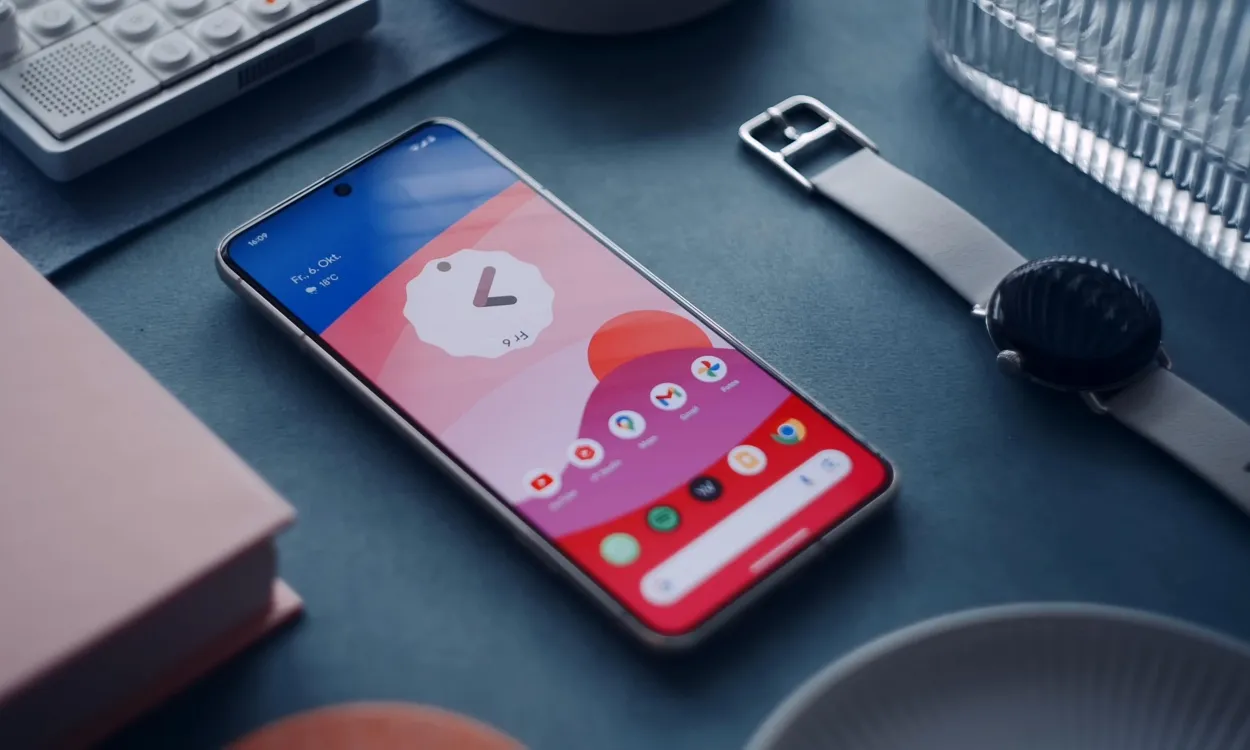
It’s undeniable that Apple excels in providing a seamless user experience across its device range. Everything effortlessly connects, creating a unified product experience. However, the same cannot be said for Android. Despite its years in existence, Android has struggled to establish a cohesive ecosystem. In this article, we’ll delve into the current state of the Android ecosystem in 2024, highlighting its challenges and why it remains fragmented.
Fragmentation: Google’s Lacks a Solution
Fragmentation poses a significant challenge for Android devices, primarily because each manufacturer seeks to differentiate its products by implementing custom skins, offering proprietary apps, and providing unique services. As a result, obtaining timely Android updates and establishing a cohesive ecosystem have remained elusive goals.

However, as a software company, Google retains a degree of control over its operating system, enabling it to drive initiatives despite fragmentation. For instance, the Quick Share (Windows) app facilitates seamless file sharing between phones and PCs, while Google Fast Pair streamlines the connection of supported Bluetooth devices to your Google account.
Samsung’s Proprietary Ecosystem Undermines Android
When people envision the Android ecosystem, Samsung and its Galaxy lineup often come to mind. Galaxy devices exhibit seamless communication and integration, allowing for a smooth transition between devices while maintaining continuity in your work. The experience is truly exceptional.

Although not flawless, Samsung’s ecosystem presents strong competition against Apple’s lineup. The caveat lies in the requirement to exclusively invest in Samsung products and devices.
Although they produce industry-leading products, I’d hesitate to purchase Galaxy Buds or a Galaxy laptop knowing there are superior options available elsewhere.
Google’s Pixel Devices Still Lack an Integrated User Experience
Google’s Pixel lineup is intended to epitomize the Android smartphone experience, showcasing what an ideal Android device should offer. However, is it effectively fulfilling this role? Despite Google’s revamp of the Pixel series with the Pixel 6 and subsequent launches of the Pixel Watch, Pixel Buds, and even a Pixel tablet, the lack of a cohesive, integrated experience across these devices remains a significant issue.

Apart from a handful of apps, there’s little to suggest that Android’s ecosystem excels on a Pixel phone. Given that the argument of Android fragmentation doesn’t apply to Pixel devices, this could serve as an ideal platform to cultivate a cohesive ecosystem.
Whether Google chooses a walled or open approach is within their purview. However, at the very least, they should establish the foundation for their products to foster an ecosystem. Yet, it appears Google has been preoccupied with challenging iMessage through its RCS-powered messaging service and developing an AI chatbot.
Establishing an Ecosystem Requires a Tedious Process
Considering a complete shift to Samsung for the ecosystem experience? Hold on a moment. Even with Samsung, you’ll need to endure the laborious task of setting up various apps and services, all after creating your Samsung account.
The extensive permissions required by each service, along with accepting their Terms and Conditions, might induce a sense of panic, especially if you’re concerned about privacy. I found myself hesitating to try out new features, knowing I’d have to navigate through another setup process within the app or download a separate app for the same functionality.
What Needs to Change?
Primarily, Google needs to prioritize integrating its Pixel devices, potentially offering exclusive benefits and concentrating on delivering a seamless experience across its product range. Additionally, the company could collaborate with other manufacturers to establish a unified ecosystem, regardless of the device you own.
Google could introduce a universal app, similar to Google Home or Find My Device, pre-installed on Android devices. This app should simplify device pairing across the Android ecosystem and streamline control over functionalities and services. Additionally, future setup processes should involve fewer steps.
Is There a Future to Look Out For?
As it stands, you may be inclined to steer clear of Android and its ecosystem promises as advertised by brands. However, if these brands address the outlined issues and join forces to collaborate on services, there’s hope for a more robust Android ecosystem in the future.
However, the likelihood of all these changes materializing is uncertain. Google is focused on solidifying its Pixel devices, while other brands have their own agendas. What are your reflections on the present condition of the Android ecosystem in 2024, and what transformations do you wish to witness? You’re invited to express your opinions in the comment section.



